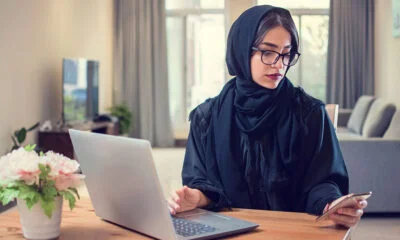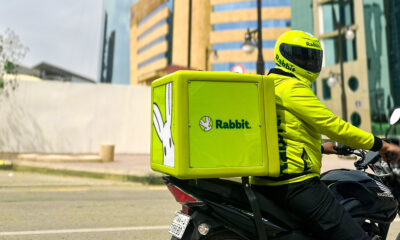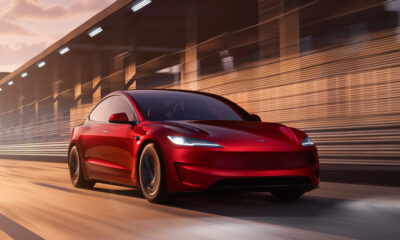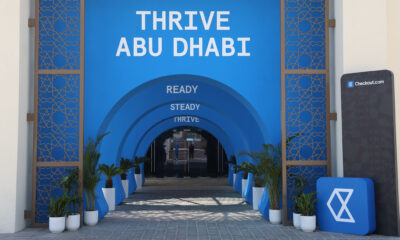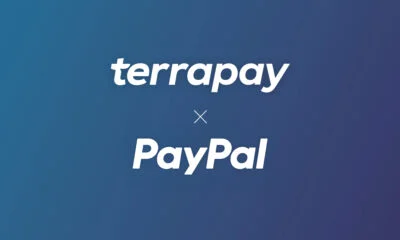News
Pioneering 3D-Printed Mosque Unveiled In Jeddah
The Abdulaziz Abdullah Sharbatly mosque is constructed using cutting-edge technology and symbolizes Saudi Arabia’s Vision 2030.
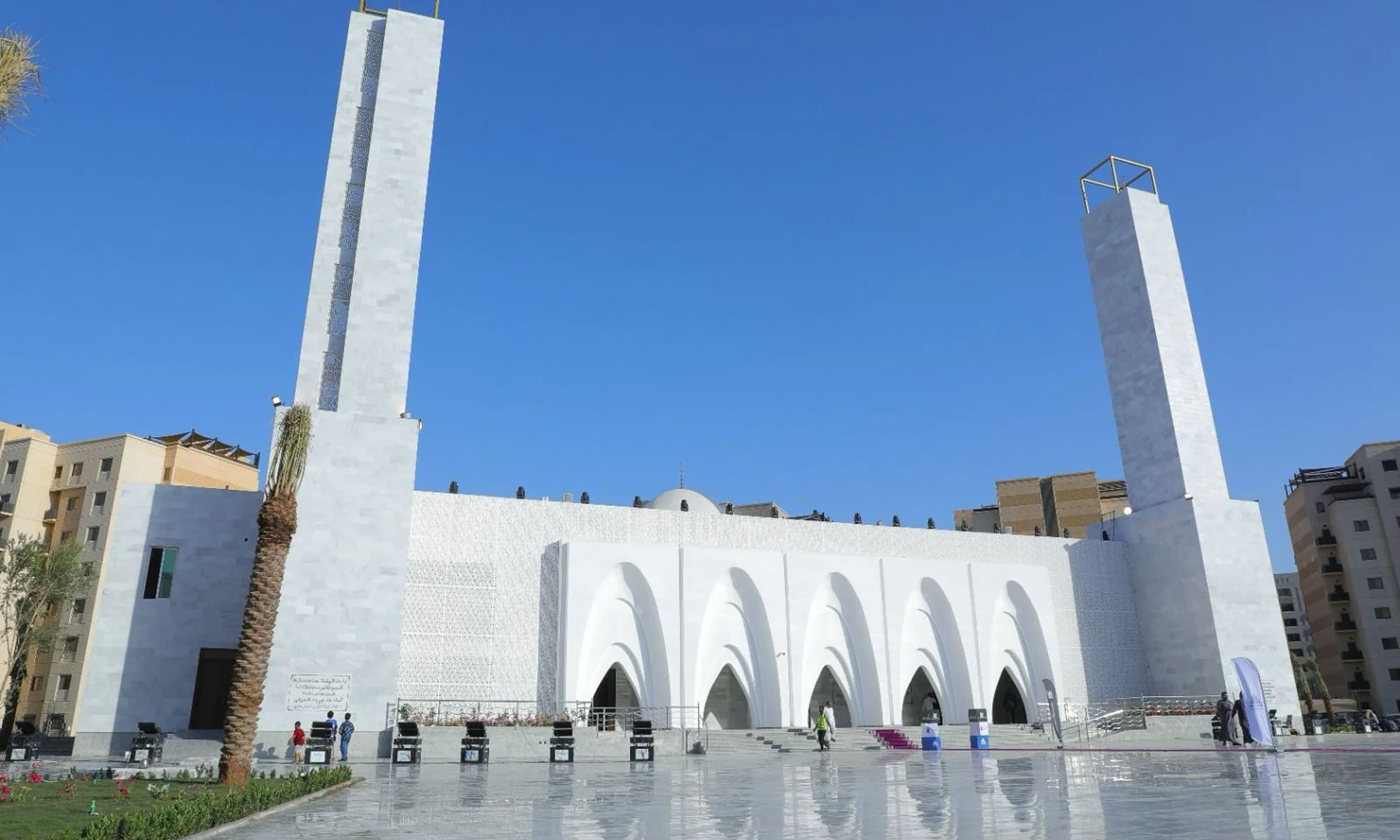
Although readers might be led to believe that 3D-printed architecture is a new concept, the technique actually traces its origins back over 80 years of theoretical design and 40 years of practical application. Initially employed for constructing cement-based structures, 3D printing has streamlined the process of laying down foundational bases for buildings from China to Europe and now to the Middle East.
Situated in Jeddah’s Al-Jawhara suburb, the 5,600-square-meter Abdulaziz Abdullah Sharbatly mosque is the first in the world to be created using 3D printing. Employing technology from renowned Chinese manufacturer Guanli, the religious building was commissioned by Saudi entrepreneur Wajnat Abdulwahed in memory of her late husband.
| افتتاح أول جامع في العالم يُبنى بتقنية الطباعة ثلاثية الأبعاد بجدة في #ضاحية_الجوهرة إحدى ضواحي #الوطنية_للإسكان باسم جامع السيد/ عبدالعزيز عبدالله شربتلي رحمه الله، على مساحة 5600 م2، كإهداء من زوجته @W_Abdulwahed رئيسة مجلس إدارة منظومة فرسان العقارية المنفّذة للمشروع. pic.twitter.com/WyEHpBX2wD
— عدّاد جدة (@3adad) March 7, 2024
Built by Forsan Real Estate under Abdulwahed’s direction, the mosque is part of the National Housing Co.’s portfolio and was opened to the public amidst a gathering of Saudi business leaders and senior government officials.
The Abdulaziz Abdullah Sharbatly project aims to introduce modern built-environment technologies to Saudi Arabia, positioning the nation as an early adopter. Utilizing a 3D scanner and specialized Computer-Aided Design (CAD) software, Guanli employed additive manufacturing to construct successive layers, significantly reducing material wastage compared to conventional techniques.
Also Read: Getting Started With Google Gemini: A Beginner’s Guide
During an interview with Arab News, Abdulwahed explained that the “design concept of the mosque was based on fostering a sense of tranquility among worshippers through the principle of gracious hospitality. The mosque’s design was centered within a circle that can be easily oriented towards the qibla. Attention was paid to the building’s mass and its relationship with natural light, the design of entrances and gates, and the exterior facades to reflect the architectural identity”.
The white facade of the mosque is flagged by distinctive towering minarets and complimented by an open-air outdoor courtyard, which allows a greater number of worshippers inside during busy times such as Friday prayers, taraweeh prayers in Ramadan, and Eid.
News
Google Releases Veo 2 AI Video Tool To MENA Users
The state-of-the-art video generation model is now available in Gemini, offering realistic AI-generated videos with better physics, motion, and detail.

Starting today, users of Gemini Advanced in the MENA region — and globally — can tap into Veo 2, Google’s next-generation video model.
Originally unveiled in 2024, Veo 2 has now been fully integrated into Gemini, supporting multiple languages including Arabic and English. The rollout now brings Google’s most advanced video AI directly into the hands of everyday users.
Veo 2 builds on the foundations of its predecessor with a more sophisticated understanding of the physical world. It’s designed to produce high-fidelity video content with cinematic detail, realistic motion, and greater visual consistency across a wide range of subjects and styles. Whether recreating natural landscapes, human interactions, or stylized environments, the model is capable of interpreting and translating written prompts into eight-second 720p videos that feel almost handcrafted.
Users can generate content directly through the Gemini platform — either via the web or mobile apps. The experience is pretty straightforward: users enter a text-based prompt, and Veo 2 returns a video in 16:9 landscape format, delivered as an MP4 file. These aren’t just generic clips — they can reflect creative, abstract, or highly specific scenarios, making the tool especially useful for content creators, marketers, or anyone experimenting with visual storytelling.
Also Read: Getting Started With Google Gemini: A Beginner’s Guide
To ensure transparency, each video is embedded with SynthID — a digital watermark developed by Google’s DeepMind. The watermark is invisible to the human eye but persists across editing, compression, and sharing. It identifies the video as AI-generated, addressing concerns around misinformation and media authenticity.
While Veo 2 is still in its early phases of public rollout, the technology is part of a broader push by Google to democratize advanced AI tools. With text-to-image, code generation, and now video creation integrated into Gemini, Google is positioning the platform as a full-spectrum creative assistant.
Access to Veo 2 starts today and will continue expanding in the coming weeks. Interested users can try it out at gemini.google.com or through the Gemini app on Android and iOS.


